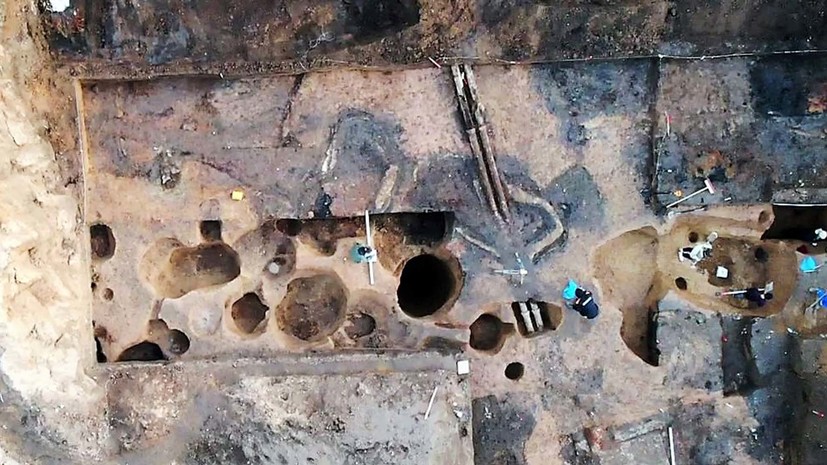Specialists of the Institute of Archeology of the Russian Academy of Sciences studied the territory of the Nizhny Novgorod Kremlin and discovered traces of the funicular of the 19th century. Funiculars, or elevators, appeared in Nizhny Novgorod in 1896. Engineers connected the Verkhnebazarnaya and Nizhnebazarnaya tram lines located on different sections of the city in height. The line was a toothed wire rope railway, on which two elevators worked. They were launched under Nicholas II at the opening of the 16th All-Russian Industrial and Art Exhibition and worked until 1926.
The funiculars built in Nizhny Novgorod worked on the principle of ballast loading: before the car was lowered from the Volga slope, water was pumped into the tank using a specially constructed water tower, under the weight of which the car moved down to the lower station, where the water ballast was dumped into the well.
“After the funicular was closed at the beginning of the 20th century, active planning work took place on the territory of the Kremlin: the entire area that we are studying was blocked by a layer of soil about four meters high. After the water tower was destroyed, its ruins were filled up, and therefore the place on which the tower was built was hidden, ”said Alexey Sviridov, an employee of the Volga expedition of the Institute of Archeology of the Russian Academy of Sciences.
Although the funicular was built at the end of the 19th century and operated until 1926, no blueprints or construction plans have been preserved, the researchers note.
“The found remains of a water tower and communications will make it possible to clarify data on the construction of the funicular and the technical details of its work, known only in general terms,” Sviridov noted.
Under the layer of the XIX century, archaeologists discovered earlier layers - traces of dense urban development of the XVI-XVIII centuries, the underground of various household and residential buildings, as well as numerous artifacts from the Golden Horde of the XV-XVI centuries, silver pennies of the XVI-XVII centuries, fragments of glass bracelets, rings and fragments of the Horde dishes.

